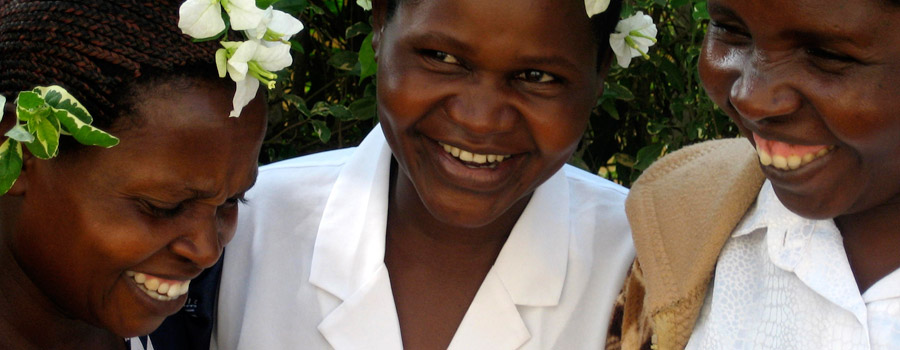Preventing Fistula :
Through Family Planning
Family planning is an effective strategy for preventing fistula because it enables couples to delay early childbearing and to avoid unplanned pregnancy.
It is estimated that up to one-third of all childbirth-related deaths and injuries could be prevented if women had greater access to contraception. Family planning also has the potential to reducing infant mortality, prevent HIV and AIDS, empower people, enhance education, reduce adolescent pregnancies, and slow population growth.
Family planning is also important for preventing the recurrence of fistula following surgical repair. After treatment, women are generally advised to abstain from sexual relations for a period of 3–6 months to allow them to heal. However, it is often difficult for couples to comply with this recommendation. In this situation, even if couples resume sexual relations early, family planning allows women to recover from their traumatic physical and psychological experience, without the additional worry of becoming pregnant again before they are ready. It also allows couples to decide the best time to try to get pregnant again, if this is what they want.
Identifying both a gap and an opportunity to provide predischarge family planning services for women following surgical repair, Fistula Care initiated integration of family planning into postrepair fistula services at several supported sites in Guinea, Mali, Nigeria, Rwanda, and Uganda.
Providers need particular skills and sensitivity to counsel women and their partners about their future reproductive health and childbearing intentions following fistula repair: a time when most women feel extremely vulnerable.
This section provides a family planning curriculum, counseling tools and job aids for facility-based staff, and an evaluation of Fistula Care’s family planning integration work.
View the Resources and Tools.
![[ Skip Navigation ]](../../data/images/c.gif)



